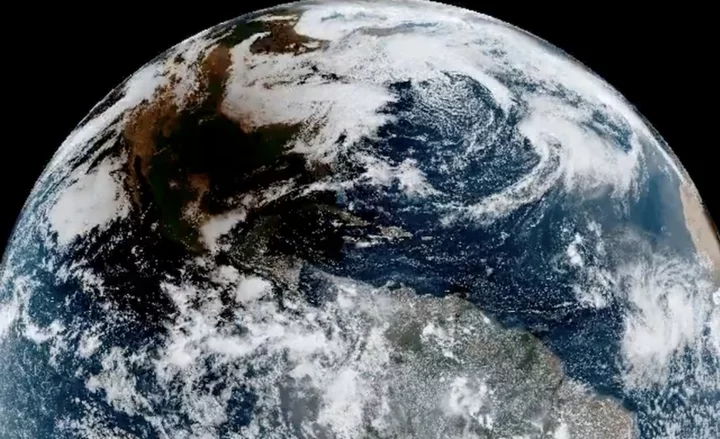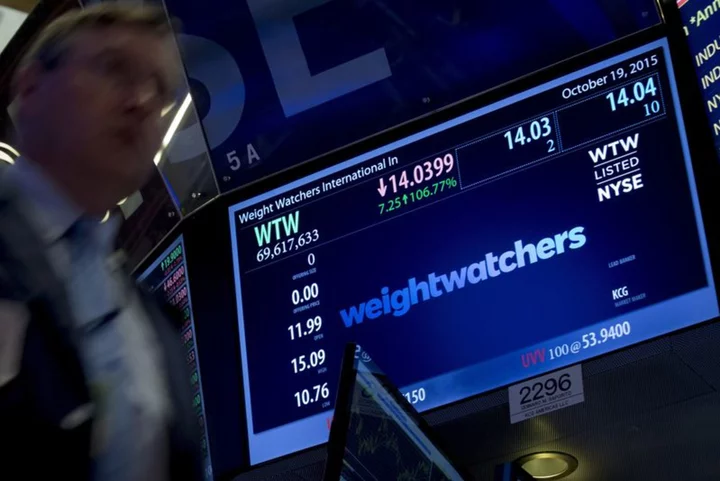Millions of Earthlings just watched the "ring of fire" solar eclipse. Out in space, some 22,300 miles above Earth, a powerful U.S. weather satellite captured a different view: the moon's dominant eclipse shadow passing over the planet.
The National Oceanic and Atmospheric Administration's (NOAA) GOES-East satellite, which snaps detailed weather scenes in the continental U.S., documented the moon's dark imprint as it transited across the nation. There are different types of solar eclipses, but they all involve the moon passing between Earth and the sun, ultimately allowing our deeply-cratered moon to cast a shadow on Earth's surface.
"This is awesome! Check out this @NOAA’s #GOESEast satellite imagery as the shadow of the eclipse travels across the Americas," the National Weather Service Tampa Bay office posted on X (formerly Twitter).
SEE ALSO: Don't take solar eclipse photos with your phoneThe solar eclipse that occurred most recently, on Oct. 14, was an "annular solar eclipse," which happens when the moon moves between the sun and Earth, but is at a far-away position from our planet. That's why during an annular eclipse, from our vantage point, the moon won't totally block out the sun, but for those in the right place the event will leave a thin outline of our star. This creates the iconic "ring of fire" effect in the sky. Other people not in the direct path of the shadow can still see, with approved solar-viewing glasses, a partial eclipse.
(A "total solar eclipse," wherein the moon is closer to Earth and completely blotches out the sun, will occur next in the U.S. and North America on April 8, 2024.)
Want more science and tech news delivered straight to your inbox? Sign up for Mashable's Light Speed newsletter today.
Both total and annular solar eclipses are relatively rare, special events. That's why they stoke, for good reason, lots of astronomical excitement. The next annular (ring of fire) eclipse over the U.S. won't occur again until June 21, 2039, NASA explains. After 2024, another total solar eclipse won't pass over the U.S. until Aug. 23, 2044.
When it happens, enjoy the show.









